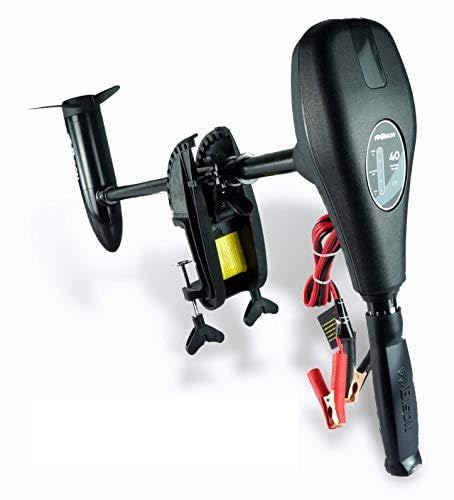Understanding Kayaks: Types and Their Uses
Exploring Different Kayak Types
There are several types of kayaks, each designed for specific activities and environments. For instance, if we have our sights set on calm lakes or slow-moving rivers, recreational kayaks are the perfect choice. These are typically wider and stabler, which makes them ideal for beginners or casual paddlers looking for a relaxed time on the water. On the other hand, if we’re planning on tackling rougher waters or moving fast through rivers, a touring or sea kayak would be more suitable. These designs are longer and narrower, promoting speed and efficiency in open waters. For the adventurous among us who wish to explore white-water rapids, we should consider white-water kayaks, which are specially built to endure the thrills of fast-moving currents. Finally, we have sit-on-top kayaks, which are great for warm climates and casual outings, as they allow easy exit and entry, making them suitable for those who might want to enjoy some swimming alongside paddling.
Selecting Based on Purpose
Understanding our kayaking needs is vital. If we envision ourselves paddling through serene landscapes, a recreational kayak will fit our lifestyle well. For expeditions over longer distances, perhaps on open sea or lakes, a touring kayak can offer the speed and storage required for multi-day trips. Those looking for adrenaline-pumping fun in fast-moving rivers will find white-water kayaks to be the right allies. As we consider our activities, let’s ensure that our choice aligns with how we intend to spend our time on the water.
Key Features to Consider When Buying a Kayak
Material Choices Impact Performance
When selecting a kayak, the material it is made from directly affects its weight, durability, and handling. Plastic kayaks are often more affordable and resistant to impacts, making them appropriate for beginners. Meanwhile, fibreglass kayaks are lighter and offer superior performance but typically come at a higher price. For those seeking the best of both worlds, composite kayaks might be the ideal solution as they provide a balance of lightweight construction and durability.
Stability and Speed: Finding the Balance
As we dive into specifics, we need to think about stability versus speed. Broader kayaks generally offer better stability, beneficial for beginners or anyone who prefers a leisurely pace. For experienced paddlers looking to cover more distance, a narrower kayak will streamline the experience, allowing for faster navigation in the water. Let’s weigh our priorities here—whether we want a stable ride or a speedy one can help define our choice.
Storage and Comfort Features
Another important aspect to consider is storage capacity. If we’re planning to go on longer excursions, choosing a kayak with ample storage for gear, food, and personal items is crucial. Comfort is also paramount; adjustable seats and footrests can enhance our paddling experience, allowing for longer, more enjoyable outings.
Choosing the Right Size and Comfort
Finding the Right Fit
Kayak size plays a pivotal role in our comfort and efficiency. Generally, the length of the kayak will relate to our height and weight; a longer kayak is better for larger paddlers, providing extra stability and performance. Before finalising our choice, it’s wise to sit in the kayak to check if it feels right. Ensure that there is enough room to move our legs comfortably, without feeling cramped.
Adjustable Features Enhance Comfort
Most modern kayaks come equipped with adjustable features that significantly improve comfort. Adjustable seats allow us to find our perfect position, while adjustable footrests can accommodate different leg lengths. If we foresee longer hours on the water, choosing a kayak with these features will keep fatigue at bay, making our adventure more enjoyable.
Where to Buy Your Kayak: In-Store vs Online
Advantages of In-Store Purchases
Shopping for kayaks in-store presents the advantage of hands-on experience. We can physically assess the kayak’s weight, fit, and features, allowing us to make a well-informed choice. Stores often have staff who are knowledgeable about their products, ready to answer our questions and offer recommendations tailored to our needs.
Exploring Online Options
On the other hand, buying online often provides us with a wider selection and competitive pricing. We can compare multiple brands and models with ease from the comfort of our homes. A potential downside is the inability to try before we buy. However, many retailers have customer service options to help us with our selection, and most kayaks come with easy return policies, should the need arise.
Essential Kayak Accessories for Beginners
Safety Gear: Essential for Every Kayaker
Regardless of our chosen kayak, safety should never be overlooked. Every beginner kayaker needs a Personal Flotation Device (PFD), which is not only a legal requirement in many places but is also vital for our safety. A paddle leash is another practical accessory that can help prevent us from losing our paddle overboard.
Enhancing Comfort and Storage
In addition to safety gear, we might want to consider accessories that enhance our overall comfort during kayaking. A kayak seat cushion can provide extra support during long trips. Additionally, dry bags or storage containers will keep our belongings safe from water while ensuring we have everything we need on our adventures.




























